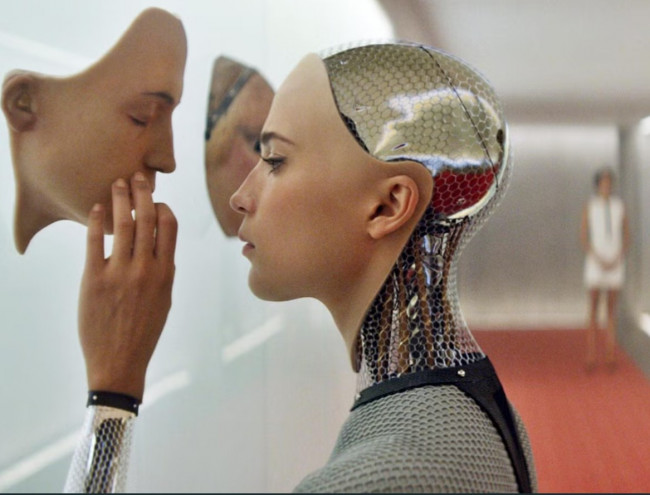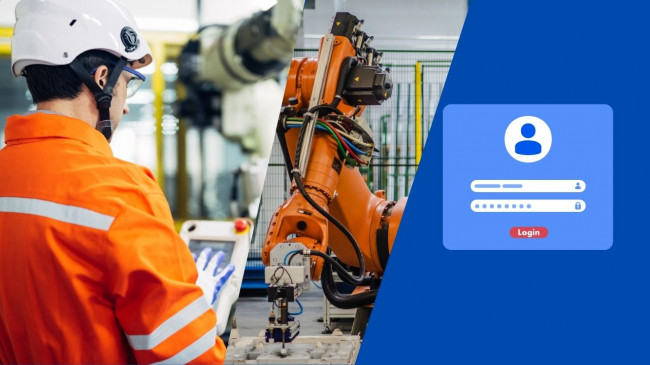The Rise of Emotionally Intelligent Machines

The idea of machines understanding emotions once seemed far-fetched, a realm only humans could navigate. But artificial intelligence has rapidly evolved, and now it can read between the lines of human behavior in ways that surprise even experts. From analyzing facial expressions to decoding tone and sentiment in speech, AI is transforming how technology perceives our inner world.
Think about voice assistants like Alexa or Siri that adapt their responses depending on a user’s tone or mood. Some mental health chatbots even mirror empathy, offering calming words when users express distress. These advancements show how far emotional AI or affective computing has come in bridging the gap between logic and emotion.
How AI Reads Human Feelings
AI doesn’t just look at what you say, it looks at how you say it. Algorithms can analyze vocal pitch, facial micro-expressions, and even typing rhythm to detect subtle emotional cues. For example, a slightly longer pause before replying can indicate hesitation or doubt, while faster typing might reflect excitement.
Companies use this data to make interactions more natural and helpful. In customer service, AI can sense frustration and alert human representatives to step in before the situation escalates. In education, emotion-aware systems personalize learning experiences by detecting boredom or confusion in students. It’s not that AI feels emotions, it’s that it recognizes patterns that resemble them.
The Limitations and the Future
The biggest question remains: can AI truly understand emotions if it doesn’t experience them? Machines may recognize sadness but cannot feel sorrow. They may sense joy but cannot share in it. What they offer is a mirror, a reflection of our own emotional data interpreted through patterns and probabilities.
Another important limitation is empathy. While some chatbots may offer comforting words, they do not truly “care.” Their responses are programmed, not heartfelt. This can make AI feel supportive in some moments and strangely hollow in others. No matter how advanced AI becomes, it lacks a lived experience, memories, and the genuine connections that shape real empathy.
As AI continues to progress, we must ask not just what it can do, but what it should do. There may come a point where technology predicts our feelings, perhaps before we’re even fully aware of them ourselves. Will this help us be understood, or could it make us feel exposed and vulnerable? The future of emotional AI holds great potential, but it demands that we balance innovation with sensitivity and care. Machines may never feel as we do, but their evolving ability to interpret our emotions will reshape how we connect with each other, and with the technology around us.
Still, that mirror is becoming sharper. As emotional data grows and AI models become more complex, they may soon anticipate how we’ll feel, not just read it. The ethical side of that development will be crucial should technology ever influence our emotions intentionally, or should it remain an observer?
Maybe the real question isn’t whether AI can understand emotions, but whether we’re ready for machines that seem to understand us better than people sometimes do.











Comments